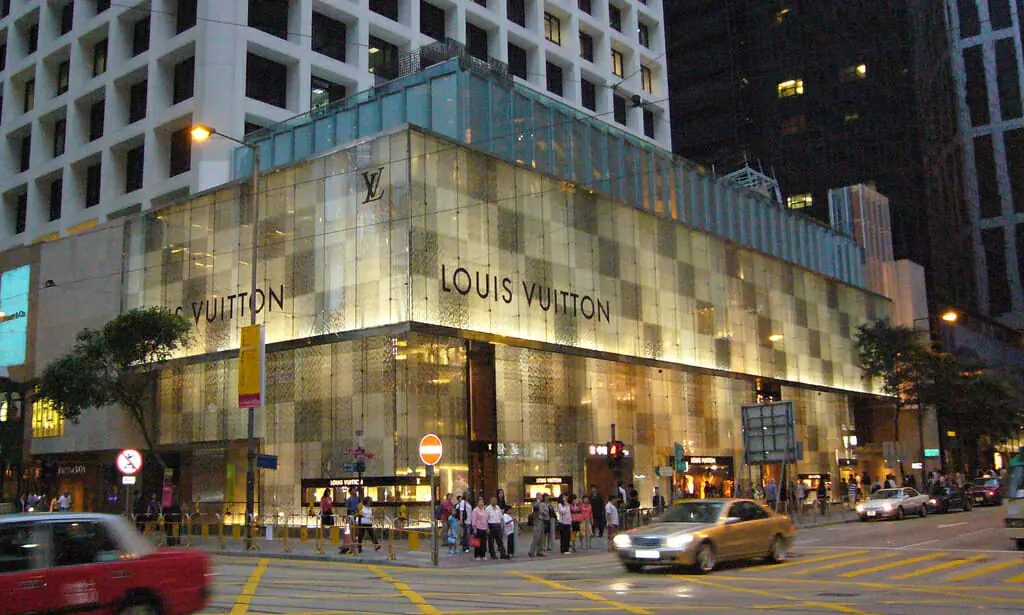Although it may not appear evident, the COVID-19 pandemic has turned the world of fashion from a space of glamour to a space of economic bankruptcy. Although it may not appear evident, the COVID-19 pandemic has turned the world of fashion from a space of glamour to a space of economic bankruptcy.
Unprecedented changes
Because buyers are staying indoors to avoid the virus, massive retail stores, such as JC Penney, have declared bankruptcy or permanently closed many locations. Thousands of fashion workers have been laid off from factories in countries like Bangladesh and India. Designers are rethinking their clothing lines and slowing down production in a way that is entirely uncharacteristic for the fast-paced fashion world of the 21st century.
But it isn’t all bad. By analyzing the response of designers alongside the new initiatives that have bloomed in 2020, one can see how a fashion crisis can turn into a fashion revolution.
Every year, approximately 100 billion garments are produced worldwide. Most are made at lighting speed by large factories in developing nations such as Bangladesh and China. A 2017 study found the fashion industry produces about 20 per cent of the world’s industrial water pollution. All those statistics allow the fashion industry to earn US$2.5 trillion annually.
A survey by Sustainable Apparel Coalition shows a third of decision makers from fashion brands, stores and manufacturers around the world felt very unprepared for COVID-19. Whether that means shifting to an entirely online service, firing many store attendants or modifying lines so they include more comfortable clothes instead of evening wear, each brand is encountering its own drama.
Adapting to the situation

These issues have not stopped the fashion industry from moving forward this time of crisis. In Milan, several designers released their lines at shows held in early February, which allowed buyers to purchase fine clothes before the massive shut down of stores.
London Fashion Week took place online this past June and September, relying on YouTube and Instagram to display fewer but equally glamorous models wearing couture at home.
There is also a rising trend of do-it-yourself fashion, with acid wash and tie-dye becoming a common hobby for people as social distancing continues. Platforms such as Instagram, YouTube and TikTok show young influencers transforming their clothes by cropping, colouring or adding pins to them. L.A.-based designer Reese Cooper fabricated a DIY kit to make his trademark workwear coat at home. Cooper’s 1,000 kits cost US$98 each and sold out within days.
Buying local
The drive to move forward as the world of fashion slows down can even be seen at the local level. Denise Hajjar, a fashion designer from Quincy, Mass., has gained a lot of business since March 2020. She started sewing cloth masks and giving them out to healthcare workers for free, and charging US$5 for other customers. Her masks were a local hit.
“Comfort and fit are most important,” Hajjar says. “My masks are three layers including a lining of Sea Island cotton for a soft feel against the face, a middle layer of organic boiled flannel to act as a natural filter, and the outer layer, which is a cotton with elastane blend, sourced from a European supplier, in a variety of patterns or solid colours. That’s where the fashionable and fun part comes in.”
As masks turn into a fashion piece required for our daily lives, it will adapt to what people want, whether that means masks match outfits or personalities. Nevertheless, the different layers in Hajjar’s work indicate that fashionable masks need not be impractical.
Beth Ardon, who owns the Halifax-based clothing company Poison Pear, also started making cloth masks due to COVID-19.
“The fabrics I use are soft and breathable bamboo, cotton, spandex, doubled up with a pocket for a filter should you wish to use one. They also have wires along the top to make it easier to wear with glasses,” Ardon says.
Ardon says her process is not only practical but also ecologically sustainable.
“I’m always looking for ways to use up all my little scraps of screen-printed fabric left over from producing my clothing,” she says.

Recent Comments